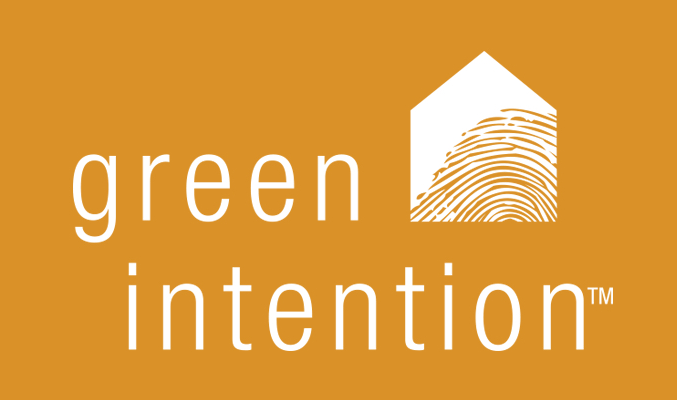Welcome to the second section (out of eight) of the LEED for Homes Rating System! Wow, this sure is flying by.
Location & Linkages has one path for Neighborhood Development, which is its own rating system designed for communities and developers — clearly not our path (so there is no LL 1 for us). The other path, for individual homes, has five sub-sections all having to do with the location of the house. This can be tricky, because the choice of locations is so personal. Granted, someone who is interested in being energy-conscious typically would also be aware of how much energy it takes to get to work, the grocery store, etc. When we initially decided we were done with condo living and wanted a house, we did look in the suburbs, where you can typically get more land and house for the money. We quickly realized this did not fit with our vision, and fortunately found a spot much closer to the city.
LL2 is simply about encouraging people to develop on land that is more suitable for a home. Specifically, it is worth two points to not develop on a site that meets any of the following criteria:
- Land whose elevation is at or below the 100-year floodplain as defined by FEMA (our’s is not)
- Land that is specifically identified as habitat for any species on federal or state threatened or endangered lists (not)
- Land within 100 feet of any water, including wetlands (barely not)
- Land that prior to acquisition was public parkland, unless there was some trade for public land (definitely not)
- Land that contains “prime soils,” “unique soils,” or “soils of state significance,” as identified in state Natural Resources Conservation Service soil surveys (luckily not – we would have had no idea!)
The Reference Manual says that the best strategy for meeting this credit is to build new homes on previously developed infill lots. We did build our home on a previously developed site, but we still needed a fair amount of soil work done in order to make sure the house would not sink into the wet ground. Our architect hired Geo Engineering Consultants Inc. to perform soil boring tests and soil analysis; it cost us $3,200. They recommended we put helical pilings into the ground to support the house. The estimated cost of those was $20,000 (which ended up to me much more than that). This was a high price to pay for a house on our chosen lot! Seems like maybe the lot should not have been developed in the first place?
In any case, we get the two points for this credit, since we meet all of the requirements. I would not count the $3,200 cost for a soil test as an incremental cost for LEED Certification. We would have had to get the tests done anyway in order to build the house. So far, then, the actual points we are getting toward LEED Certification have not yet cost us anything.
Location & Linkages points so far: 2
Cumulative points: 6
Additional points needed to get to Gold: 82
